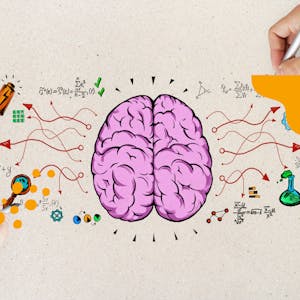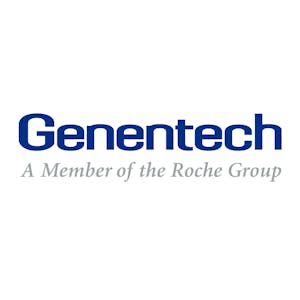An Introduction to Interactive Programming in Python (Part 2)
About this Course
This two-part course is designed to help students with very little or no computing background learn the basics of building simple interactive applications. Our language of choice, Python, is an easy-to learn, high-level computer language that is used in many of the computational courses offered on Coursera. To make learning Python easy, we have developed a new browser-based programming environment that makes developing interactive applications in Python simple. These applications will involve windows whose contents are graphical and respond to buttons, the keyboard and the mouse. In part 2 of this course, we will introduce more elements of programming (such as list, dictionaries, and loops) and then use these elements to create games such as Blackjack. Part 1 of this class will culminate in building a version of the classic arcade game \"Asteroids\". Upon completing this course, you will be able to write small, but interesting Python programs. The next course in the specialization will begin to introduce a more principled approach to writing programs and solving computational problems that will allow you to write larger and more complex programs.Created by: Rice University
Related Online Courses
This project allows you to create Brainstorming diagrams with Creately. You will discover Creately, an online platform that helps you build various diagrams. You will understand the different... more
This Specialization is an advanced view to the fascinating world of Supply Chain Management. When you complete the program you\'ll have a richer understanding of the complexities that companies are... more
How might what we love - what we watch, what we read, what we post - make our communities healthier and more vibrant? This question guides Fandom and Popular Culture in the Digital Age. In our... more
The aim of this course is to introduce learners to open-source R packages that can be used to perform clinical data reporting tasks. The main emphasis of the course will be the clinical data flow... more
This is a self-paced lab that takes place in the Google Cloud console. In this lab, you will learn how to deploy and run an Ethereum RPC node in Google Cloud.Created by: Google Cloud more








